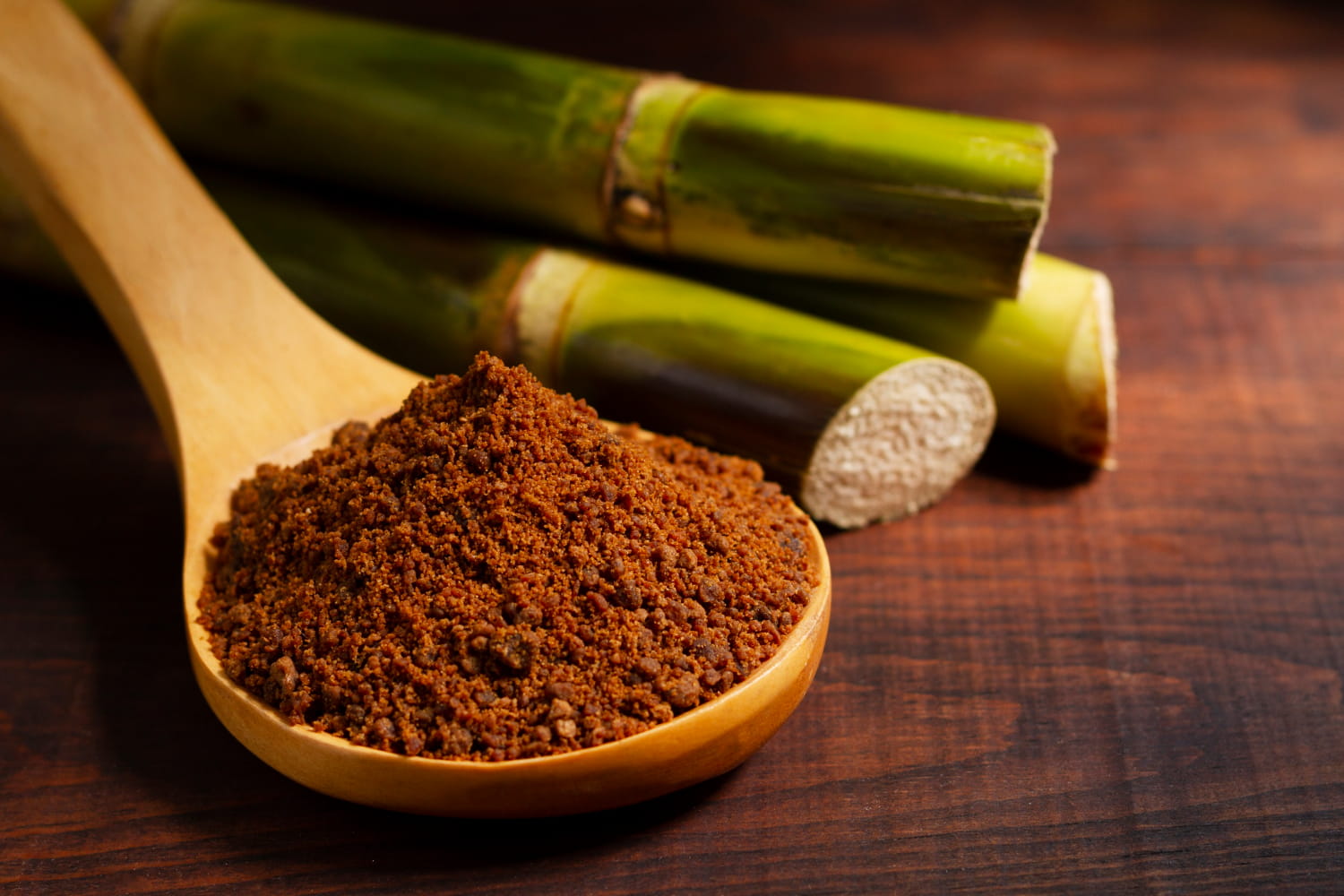Look, I’ll level with you—most of us chuck sugar in our tea without thinking twice about where it comes from. But cane sugar production in Australia is actually pretty fascinating once you dig into it, and it’s a hell of a lot more complicated than you’d expect.
Queensland’s Got It Covered
Nearly all of Australia’s sugar comes from Queensland, with a tiny bit grown up in northern NSW. Why? Because sugar cane is ridiculously fussy about climate. It wants heat, humidity, and decent rainfall. You can’t just plant it anywhere and hope for the best. The tropical north is basically perfect for it, which is why that’s where the industry set up shop over a century ago.
Growing The Stuff Takes Forever
Farmers don’t plant seeds—they use chunks of cane called setts, which sounds weird until you realise it’s way more reliable. Then you wait. And wait. Twelve to sixteen months before you can harvest. That’s over a year of watching stalks grow several metres tall in baking heat. And if a cyclone rolls through? You’re potentially stuffed. It’s not exactly low-stress farming.
Harvest Time Is Absolute Madness
From June through December, it’s all hands on deck. Modern farms use these massive harvesters that chop the cane and spit it into trucks or onto narrow railway lines that run straight to the mills. There’s a reason for the rush—cut cane starts losing sugar content almost immediately. Leave it sitting around and you’re literally watching your profits evaporate. Some smaller operations still cut by hand in tricky terrain, which is brutal work in that heat.
The Processing in the Mills
The cane gets absolutely shredded, then crushed to squeeze every drop of juice out. What comes out looks nothing like sugar—it’s this murky greenish liquid that smells vaguely sweet but also kind of swampy. They heat it up, chuck in some lime (the chemical, not the fruit) to get rid of muck, and boil it down until crystals start forming. Centrifuges spin everything around to separate sugar from molasses.
Making It Supermarket-Ready
Raw sugar cane in Australia comes out brownish because there’s still molasses clinging to it. Some people love that flavour. But most want pure white sugar, so it goes through another round of dissolving, filtering through activated carbon, and re-crystallising. That’s what gives you those pristine white crystals. It’s extra work but that’s what the market demands.
It Keeps Entire Towns Running
Australia ships out roughly four-fifths of what it produces. Places like Mackay, Bundaberg, and Innisfail basically exist because of natural sugar. When the mills are running, employment spikes. When there’s a bad season, the whole regional economy feels it. We’re talking thousands of jobs tied directly to this one crop.
The whole journey of cane sugar from a muddy field to your pantry involves industrial machinery, precise chemistry, tight deadlines, and a lot of people sweating it out in less-than-ideal conditions. It’s easy to forget there’s an entire supply chain behind something as ordinary as a bag of sugar.


